Here are my top 10 Tips for Making Gluten Free Cookies. I didn’t learn them all the first year I cooked gluten free (or the second or third) but over time I stuck with it because I love cookies! This cookie flour blend helped me recreate several of my favourite cookies but there was more to it than a blend.
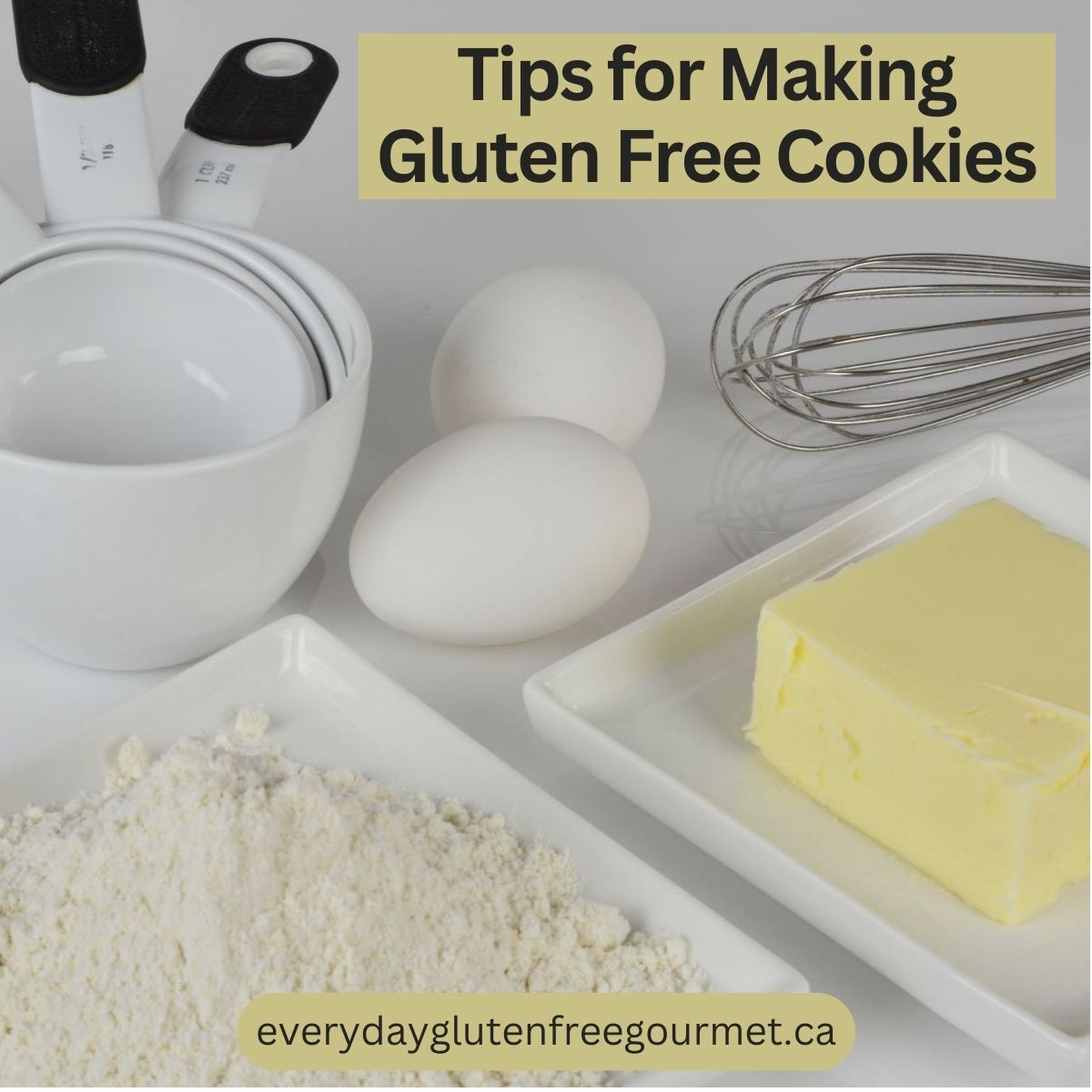
With this cookie flour blend I made gingerbread cookies, cappuccino cookies, pumpkin spice cookies and cinnamon snickerdoodles.
Before I found this blend I made cookies using a combination of individually measured flours. The best melt-in-your-mouth shortbread and perfect sugar cookies so good that I'm not going back to try and find a recipe that uses either my everyday EGFG flour blend or the cookie flour blend. I'm set up to measure flours and for me it's worth the effort.
I've got cookie recipes from every stage of my gluten free journey and I'm okay with that. My peanut butter cookies and chocolate chip cookie pizza are both made with quinoa flour. I also have Chocolate Chip Cookies with teff flour added to the base made with my EGFG flour blend.
Jump to:
- 1. Choose Gluten-Free Recipes
- 2. Learn About Gluten Free Flours
- 3. Use a Binder
- 4. Adjust Sugar and Fat
- 5. Chill the Dough
- 6. Use Parchment Paper or Reusable Baking Sheets
- 7. Cooling Cookies
- 8. Storing Cookies
- 9. Precise Measuring
- 10. Get The Tools
- Making A Cookie Flour Blend on YouTube
- Baking Tips to Minimize Cross Contact
- A Podcast Episode for Cookie Lovers
There's no right or wrong way to bake gluten free. Just get in the kitchen and bake. Now on to the tips!
1. Choose Gluten-Free Recipes
Recipes written with gluten free ingredients should already have adjustments to make up for the flours and starches that don’t absorb liquid and fat the way wheat flour does. Pass over recipes that require several substitutions for your diet. Not every recipe you try will be a winner but there are plenty of recipes on the web and this will increase your chance of success.
2. Learn About Gluten Free Flours
No single gluten free flour or blend will work in every recipe. Be open to buying new ingredients, trying new techniques, and learning. Read the ingredient label of store-bought flour blends or cookie mixes. Pay attention to what you like and refer to this chart with 11 Gluten Free Flour Blends to help you see what other cooks are using.
If you’re interested in a deep dive into flour join my virtual cooking class called Understanding How To Use Gluten Free Flour. You can attend for free if you subscribe to my email list and tell me you read about it here.
3. Use a Binder
Binders like xanthan gum and guar gum provide structure in gluten-free baking to make up for the missing gluten. This prevents cookies from being too crumbly plus it also helps with freshness.
4. Adjust Sugar and Fat
Because gluten-free flours don’t absorb liquid and fat like wheat flour does we need tricks to make our recipes work. We can decrease the fat slightly and add back the richness with a little cream or melted white chocolate. Letting cookie dough rest, sometimes overnight, is another trick to help with absorption. This is a trial-and-error process, because there are so many different flours involved. Trust me, it's worth it.
An excellent resource is America's Test Kitchen cookbook, How Can It Be Gluten Free Collection; 350 Groundbreaking Recipes For All Your Favourites. They explain the changes they made and what made each recipe work.
5. Chill the Dough
High fat cookie dough will get soft and sticky the longer it sits on the counter. Adding too much sprinkling flour can result in a gritty taste to your finished cookies. Learn to keep the dough cold by working with one piece at a time, leaving the rest in the fridge. Put your cookie dough, already rolled dough or even an entire cookie sheet with cut cookies on it in the fridge when it’s too soft. This helps cut cookies hold their shape and overall decreases spreading during baking.
6. Use Parchment Paper or Reusable Baking Sheets
Line your baking pans with parchment paper or reusable baking sheets to prevent sticking. Gluten-free cookies can be more delicate, and this makes it easier to move them from the pan to a cooking rack.
7. Cooling Cookies
The cooling time is important for all gluten-free baking as the structure continues to strengthen as baked goods cool. Feel free to taste all your baking and see what you learn. Gluten-free cookies can be delicate so be sure to cool completely before storing them in airtight containers.
8. Storing Cookies
Gluten-free baked goods go stale faster than gluten filled baking. This may not be as noticeable with cookies but it’s a good practise to develop the habit of storing your cookies in proper containers as soon as they’ve cooled to room temperature.
9. Precise Measuring
Baking requires precise measuring. Use proper liquid and dry measuring cups and spoons for best results. Use a kitchen timer and record what works for you in your oven, in your kitchen. Then you can adjust if needed and repeat your successes.
10. Get The Tools
All bakers need the right tools. Metal portion scoops in various sizes speed up the process, ensure your cookies are a uniform size to cook more evenly. I have three sizes and use them for all kinds of jobs in the kitchen.
Real cookie sheets (without sides) are made for cookies and the parchment paper easily slides right onto a cooking rack with all the cookies. For a cookie baking spree I also use my baking sheets (the ones with sides) and I have two of them strictly for baking (no garlic allowed).
If you’re a cookie lover, or cook for one, challenge yourself to try making a new kind of cookie every month. You might have to try more than one recipe but by the end of the year you’ll have a handful of recipes worth repeating.
Making A Cookie Flour Blend on YouTube
If you want to try my cookie flour blend, you’ll find this PRINTABLE recipe page within the post that has three different quantities you can make. I have that page taped to the outside of the container I store this flour in and it’s in my freezer right now.
As always, let me know if you have any questions, what you learned or how your cookies turned out.
__________________________________________________________________________
New here? Subscribe and get your FREE resource, the tips I wish I knew when I started cooking gluten free.
Looking for more help with gluten-free cooking? Check out our Cooking Classes.
_________________________________________________________________________
Baking Tips to Minimize Cross Contact
My friends over at Porch asked bloggers around the web for tips to share for this article, From Oven to Enterprise: Expert Tips for Home Baking Safety. You can find a long list of questions and answers including mine about how to minimize the risk of cross-contact with allergens in a busy household.
A Podcast Episode for Cookie Lovers
Podcast listeners can listen to my conversation with Sue Jennett on A Canadian Celiac
Podcast, Episode 43: Baking Gluten Free Cookies. If you're not a podcast listener you should be. It's the best way to keep up on all the changes in the gluten free space.

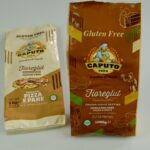
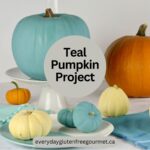

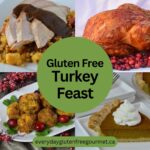

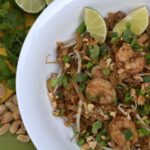
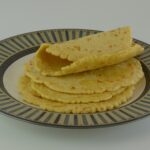
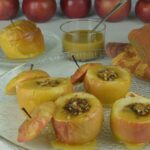
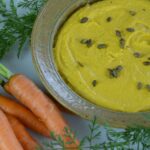


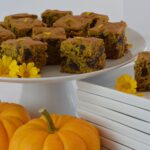

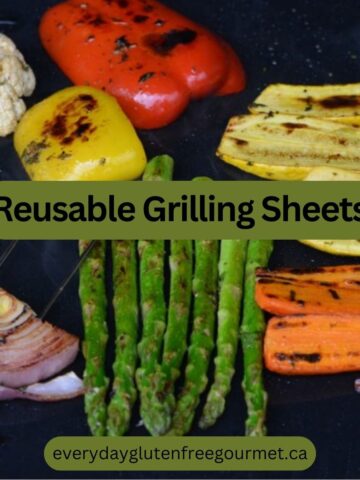



Jorge Bizarro
I have noticed that GF batters or doughs made with distinct GF flour blends (I use mostly rice flour, oat, corn and starches) tend to:
1-absorb less fat than wheat flour, but once the grains are coated with fat, liquid absorption becomes more difficult for these flours.
2-usually absorb more liquid during baking, so they need a higher hydration starting point then wheat based products and because of that stay longer in the oven.
So, usually each time I try to adapt a wheat baked good to a GF version, I start with similar flour amounts but reduce the fat on the original recipe and use a bit more of liquid. Also (for cakes especially) I prefer to add at least some of the liquid before going in with the fat content So, I wonder why you seem to have not tried to diminish the fat content of cookies, before trying other blend? - I'm really curious.
Cinde Little
Hi Jorge! You're right, GF flours don't absorb fat and liquid as well as wheat flour. Over the years I have tried all kinds of cookie recipes, some made with individual flours (like quinoa flour) and some with a blend. In 2018 I was trying to learn more about cookies and that's when I found the cookie flour blend. In those recipes I did decrease the fat from my original recipe or sometimes used 2 fats to help with that problem. Melting the butter to help with absorption is another trick I learned from America's Test Kitchen. The Cookie Flour Blend worked perfectly in some recipes but not in others. A reminder that there's a lot of trial and error in making cookies. GF bakers are used to that!
One final comment about different flours and flour blends: In my cooking classes I talk to GF bakers who also have other dietary restrictions; some can't tolerate potato starch, corn, nuts or even rice flour. So although I use my EGFG flour blend for the majority of my baking I create lots of different recipes and my kitchen is set up to easily bake like that.